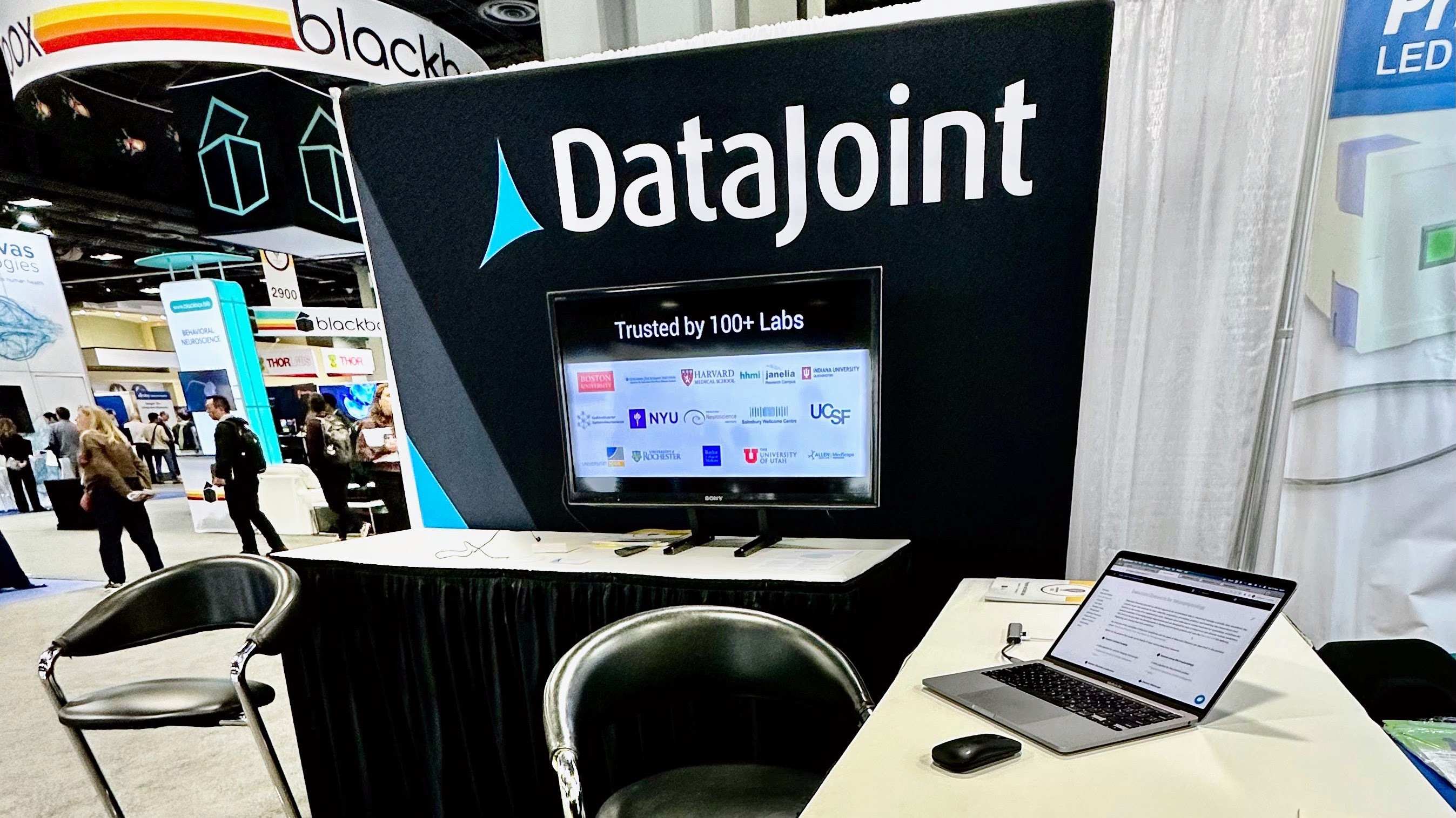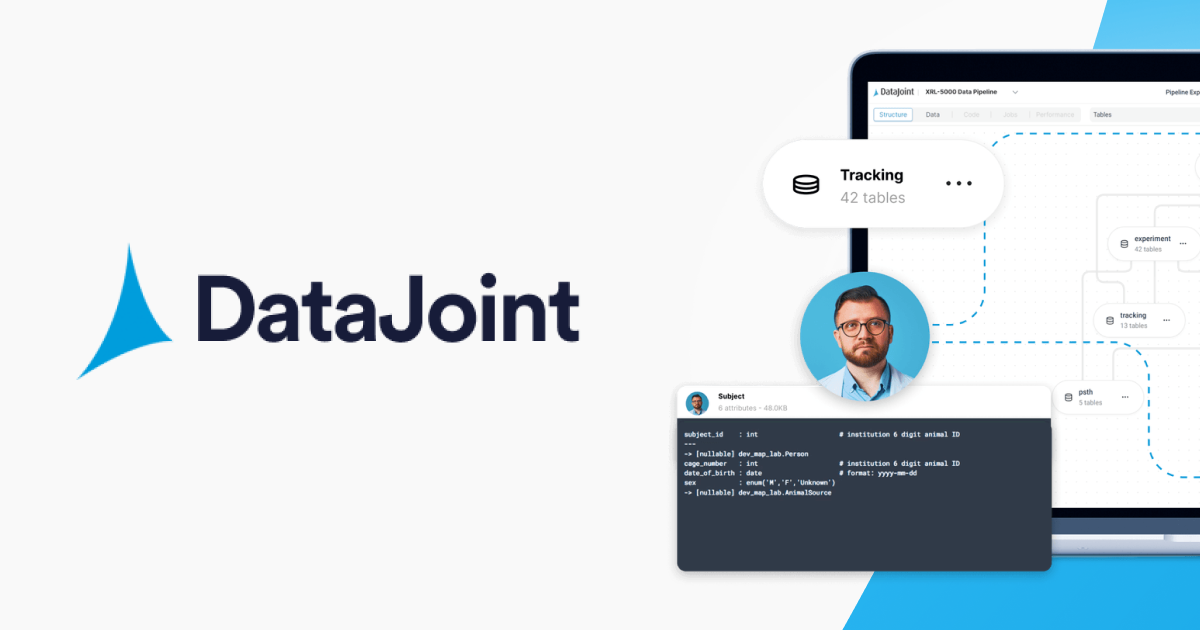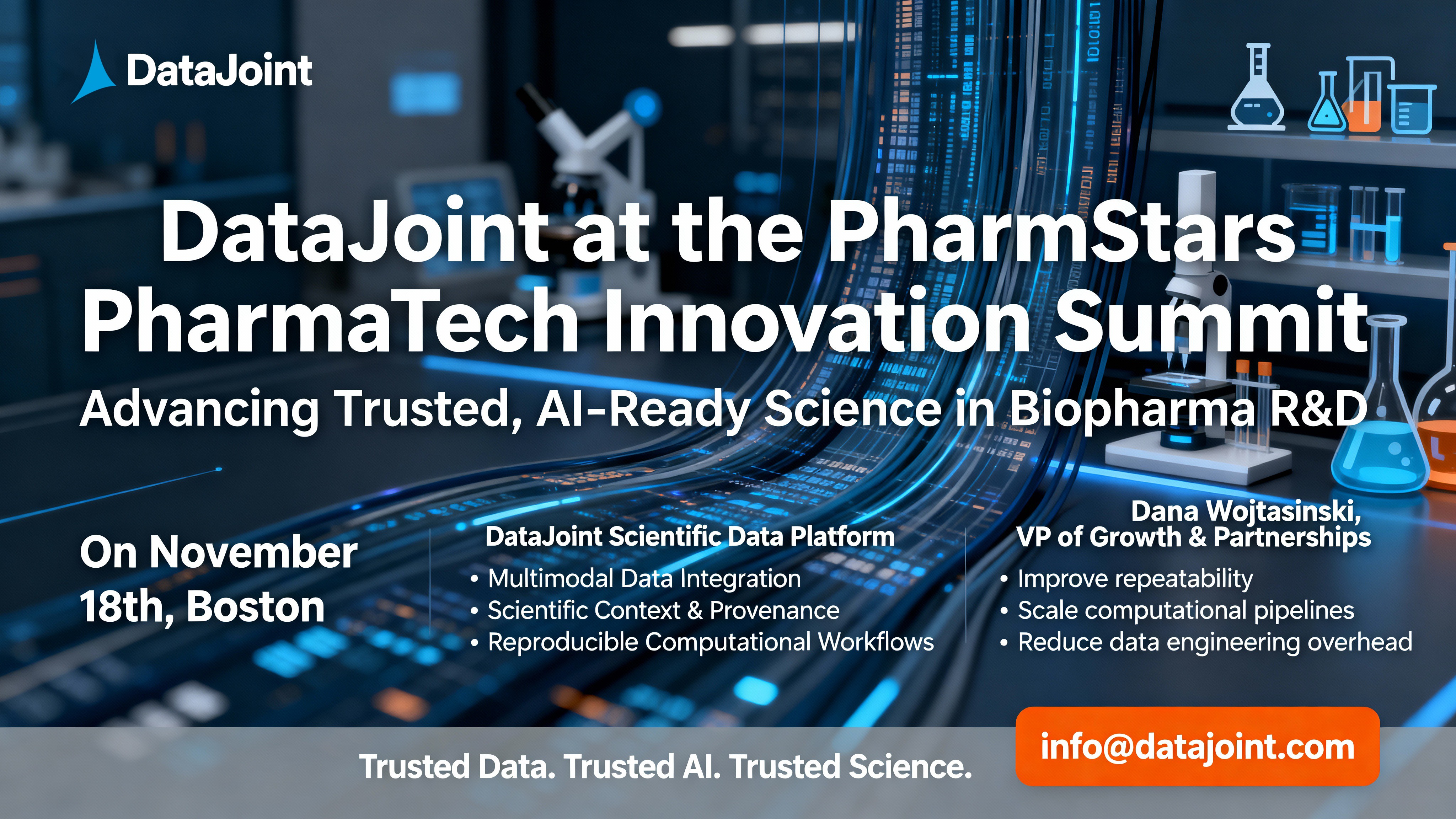DataJoint at Minneapolis: Building AI-Ready DataOps for Modern Neuroscience

DataJoint members Dimitri Yatsenko, Jim Olson, and Kushal Bakshi recently visited the University of Minnesota in Minneapolis to deliver an important message to the neuroscience community: operational maturity is the fastest path to trustworthy AI in science.
During the session, Dimitri presented ‘Building AI-Ready Data Operations for Modern Neuroscience’ to about 30 participants. The audience included graduate students, postdocs, and principal investigators from a range of departments, including Neuroscience, Biomedical Engineering, Neurology, and Clinical Movement Science. Many attendees lead multi-modal labs that combine electrophysiology, behavior, imaging, and clinical assessments, and they work hands-on with Python, MATLAB, and on-premises HPC systems.
Our audience brought insightful questions to the table. They wanted to know how to transition from one-off scripts to reproducible, versioned pipelines without pausing their ongoing research. There was strong interest in easy-to-adopt metadata and naming standards and in applying FAIR principles to share data both across labs and within their departments. Other topics included managing and scheduling HPC resources, handling clinical and patient health information responsibly without slowing down workflows, and onboarding new trainees in a way that allows effective practices to endure.
“This is the right way to do it, but we can’t stop our work for two months to change all our routines.”
One key takeaway resonated with everyone: meet labs where they are. As one participant said, “This is the right way to do it, but we can’t stop our work for two months to change all our routines.” We agree. The best way forward is a phased approach. Start with quick wins, such as improved naming conventions, simple metadata, and automated data ingestion scripts. Next, build toward robust schemas, automated quality checks, and reproducible data pipelines. This approach ensures that AI becomes a reliable asset, not just an experimental add-on.
Why does this matter? Labs that invest in clean data operations are already delivering results more quickly and with greater transparency. These labs also share their success across departments, helping modern neuroscience expand from individual discoveries to campus-wide impact.
For further reading about trustworthy data operations in neuroscience, see our latest work: "SciOps: Achieving Productivity and Reliability in Data-Intensive Research".
Looking ahead, we are partnering with several groups to determine the most actionable first steps that can be taken right away. If you would like our slide deck or a quick data maturity assessment for your lab, reach out and we are ready to help!
Related posts
DataJoint at SfN 2025
DataJoint at the PharmStars PharmaTech Innovation Summit
DataJoint at SENC 2025
Updates Delivered *Straight to Your Inbox*
Join the mailing list for industry insights, company news, and product updates delivered monthly.

.svg)





